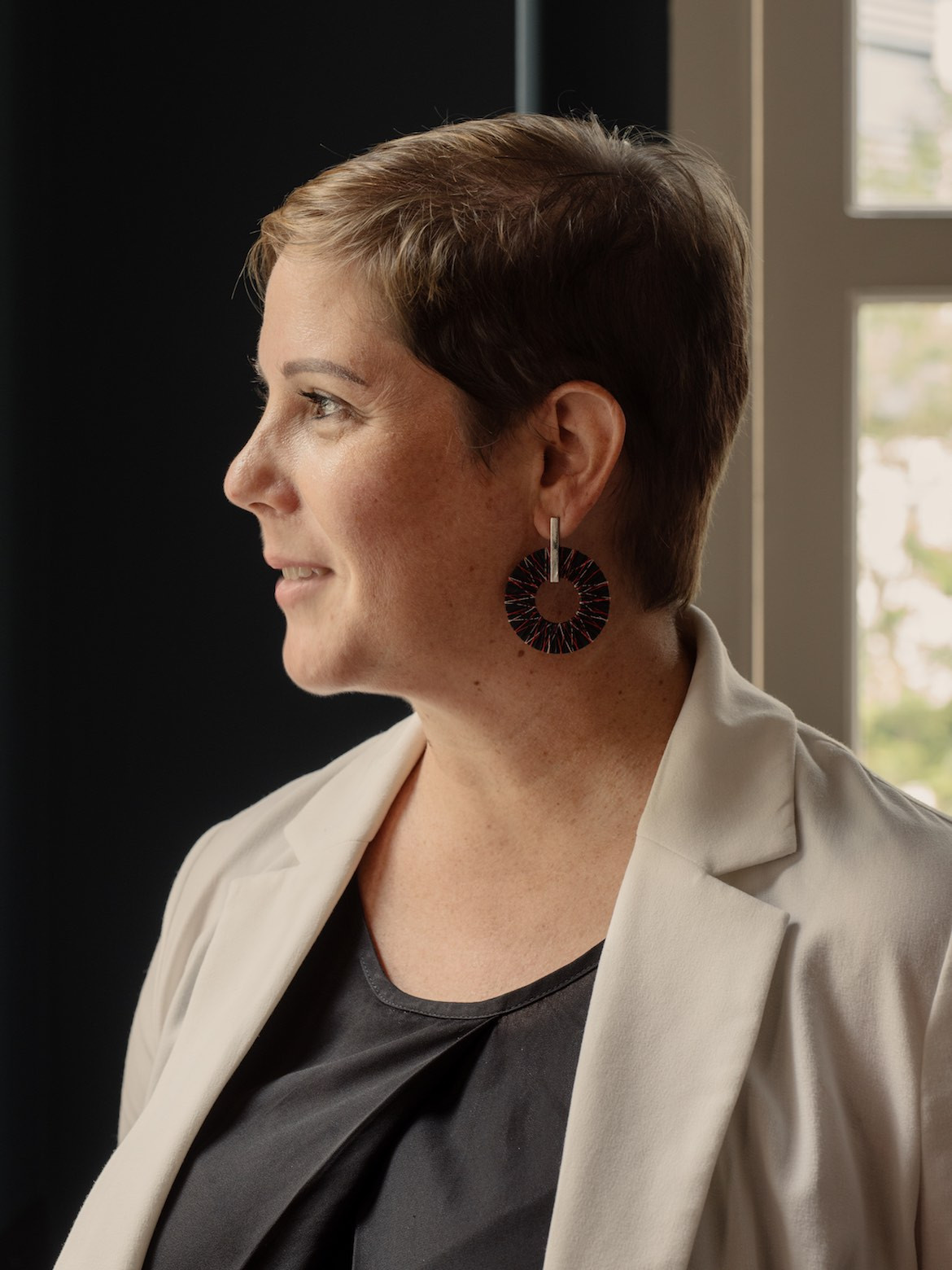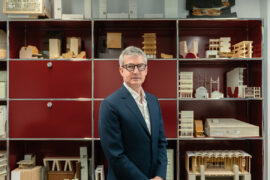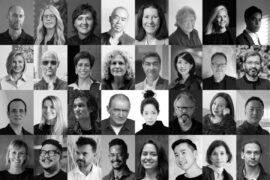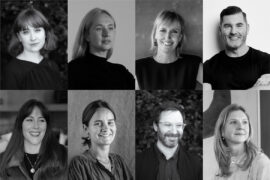After working remotely for months, what do we want to see in the future workplace? Gensler’s Singapore managing director Angela Spathonis shares some innovative strategies for a new hybrid workplace model.

September 10th, 2021
Over the past 15 years of Angela Spathonis’ career, there perhaps has never been as dramatic a shift in the workspace landscape than the one we are experiencing now. The managing director at Gensler’s Singapore office has always been interested in bringing a more human-centric approach to workplace design – design that meaningfully benefits the way we work. Now is as ripe a time as any for her and Gensler to delve even deeper into this.
The paradigm shift in workplaces the world over because of imposed flexibility has been both a boon and a bane. How does an organisation cater to its staff’s well-being when they’re not always in the office? How does a company retain and build its culture in a pandemic era? What is the role of the workplace today? It is a tricky puzzle that organisations are tackling, some more decisively than others.

79 Robinson Road Tower features a sky terrace and roof garden, providing a reprieve of fresh air and views of the city. Photo by Owen Raggett
“People have enjoyed working from home but they have missed the office. So the way we are thinking about programming workspace now is very different. I think this is one of the most exciting times in workplace design in terms of how we can rethink design and its impact on the human experience,” says Spathonis.
The future of work hinges on a flexible arrangement that balances working from home and the office, giving rise to a hybrid workplace model that has been widely explored by Gensler in their recent studies. So why do employees want to return to the office and what is it they really yearn for? Spathonis points to social interaction, the ability to connect with peers in person and for some, a conducive working environment are what people miss most about the office. Even when they return to the office, employees expect changes to how they work. Cities and spaces are not the same; they will be experienced differently post-pandemic and a new understanding of global wellness is imperative.

The Glumac Shanghai office was designed with a keen focus on sustainability and was the first Living Building Challenge project in Asia
“A lot of the work we are doing centres around how to foster wellness, promote culture and bring a sense of purpose to the workplace,” says Spathonis. To this end, she highlights three pillars that are intrinsic to the new hybrid workplace model: design, human resource and technology. In the realm of design, Gensler is championing a more human-centric approach in creating built environments. This means creating workspaces that engender a sense of wellness, even going so far as to offer things that are missing in a home environment such as access to outdoor spaces, fresh air and views.
In a recent office fit-out in Australia, Gensler looked into wellness initiatives and introduced biophilic soundscapes into spaces. “Scripted sounds trigger different emotions and responses in the body and these additional sensory experiences will really add to what it means to come back to the office. That’s something we are looking at from a physiological and a sociological perspective. Biophilia isn’t just about putting plants in an environment. It’s about looking at natural cues and that’s been a huge part of how palettes, colour and materiality have been developed for this project,” explains Spathonis.

Opportunities for customisation and an immersive digital experience define the Ridgelinez office in Tokyo
There are more subtle, but no less important issues that need to be addressed in the workplace. The notion of inclusivity is multi- layered and within it lies the question of equity in the workplace. Meetings and collaborations are happening across multiple platforms – in-person and virtually. In view of this, Spathonis brings up the question: How do we ensure that everyone in both physical and virtual environments has an equal say in a discussion?
“The human resource department plays a key role in training individuals in how to engage both in a face-to-face experience but also in a room with half of your team on the screen and technology needs to support it,” she says. “Curated collisions” through apps, augmented reality and virtual reality technology to support conferences and meetings could also be key in promoting interaction in the workplace of the future. The end game here is to have everyone’s presence felt equally, even if they are dialling in.

On the flip side, she talks about designing spaces that respond to the risk of digital overload in the office. She calls them “tech-free zones”, where people can disconnect and catch a breather from the relentless world of emails, text messages, video calls and the like. For Spathonis, the three pillars of design, human resource and technology are interrelated and it is crucial to understand how they can be integrated into the spaces that she and her team plan and design.
“However, every country is different and everyone’s experience of the pandemic is varied. It’s time for experimentation and I think part of our design approach is about adaptability, making sure spaces can be reshaped and reconfigured depending on how the situations change.”
Portrait photography
Khoo Guo Jie
Project Images
Courtesy of Gensler
INDESIGN is on instagram
Follow @indesignlive
A searchable and comprehensive guide for specifying leading products and their suppliers
Keep up to date with the latest and greatest from our industry BFF's!

A curated exhibition in Frederiksstaden captures the spirit of Australian design

A longstanding partnership turns a historic city into a hub for emerging talent

For Aidan Mawhinney, the secret ingredient to Living Edge’s success “comes down to people, product and place.” As the brand celebrates a significant 25-year milestone, it’s that commitment to authentic, sustainable design – and the people behind it all – that continues to anchor its legacy.

Leading by design, Erik L’Heureux has recently taken the helm of Monash University’s Department of Architecture, and so a new and exciting journey begins for both L’Heureux and the University.

With the 2025 INDE.Awards now over, it’s time to take a breath before it all begins again in early December. However, integral to the awards this year and every year is the jury – and what an amazing group came together in 2025.
The internet never sleeps! Here's the stuff you might have missed

Tickets for Architecture & Design’s 2025 Sustainability Summit are on sale. This 19 November, engage in ten expert-led panels on urban planning, AI, and circular economy. Join industry leaders in Sydney or online, and gain CPD-accredited insights to drive innovative, sustainable building solutions shaping our shared future. Plus on demand access to recordings.

Whether you’re an architect, interior designer or student eager to learn, the 2025 Design Discussion series at Saturday Indesign will inspire fresh perspectives. Check out the schedule now!